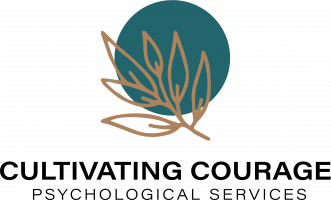I have been contemplating mindfulness this week. One reason is that I practice Iyengar Yoga with local community members once a week. On the last week of the month, it is restorative yoga. For those of you new to yoga terms, restorative yoga focuses on lighter and more supported stretches while focusing on your breathing. I find restorative yoga to be soothing, and grounding, but it’s also really hard!
Why is it hard?
When I’m working on quieting my mind and focusing on my breathing my brain goes in every which direction.
What do I want for dinner tonight?
Would trying this method help my client?
Why can’t I focus on my breathing?
Am I clenching my jaw?
What IS Mindfulness?
These are just a few of my thoughts! Nevertheless, I persisted. While practicing restorative yoga today, I worked on practicing what I tell my clients. Mindfulness is not about perfectly focusing on your breathing. It is about focusing on one thing, in this example, your breath, and noticing what comes up. Then, gently invite the return of your focus to your breath. And if I want to get better at it, I need to practice!
There are many forms of mindfulness. My non-restorative yoga classes are also mindful. I am mindfully paying attention to my body, and what it needs and doesn’t.

When I recommend mindfulness to clients I typically send this handout by Dr. Amishi Jha. I found her book Peak Mind to be informative and helpful in better understanding how attention works and why mindfulness matters. More importantly, in a world where there are more and more things programmed to quickly grab our attention, our brain needs help and practice to have the ability to focus.
To start, Dr. Jha recommends three basic forms of mindfulness.
One, focusing on one single object, like your breath. Then, continue to bring your attention back to your area of focus when it wanders (and it does!)
Two, do a body scan
Three, engage in mindful walking
Typically, the response I get from clients after trying mindfulness is that it is hard, that their mind wanders too much, or it’s hard to make it a habit. And I agree! As noted before, my mind wanders a lot too. But, that is a further indication that we need it. If it was easy, we wouldn’t need to practice it.
My favorite recommendation by Dr. Jha is identifying how much mindfulness you can try doing each day. For instance, you might feel you have the capacity for 5 minutes. Dr. Jha’s recommendation is to take whatever you feel like you can do and cut it in half. Do 2.5 minutes. When that feels easier, slowly increase. Be sure to invite self-compassion into your mindfulness practice as you are starting something new.
Interested in learning more? Try listening to Dr. Jha’s Ted Talk:
We’re psychotherapists in Weschester, NY.
Visit our homepage at: www.couragepsych.com



